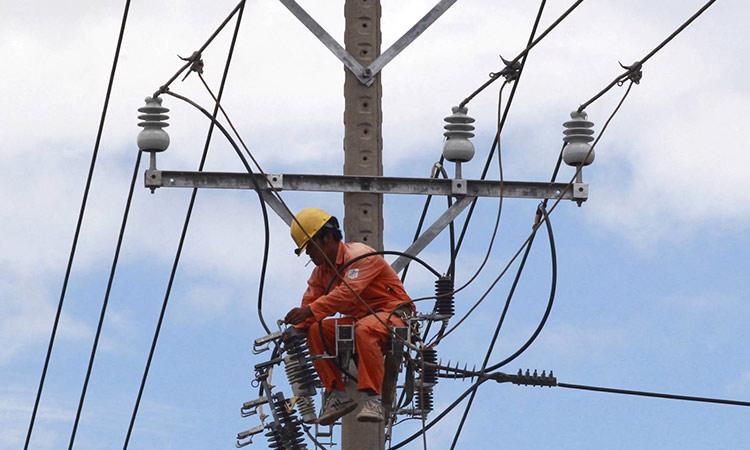Vietnam on 1 April unveiled an ambitious national plan to restructure its power sector over the coming decade. Deputy Prime Minister Tran Hong Ha approved the roadmap that outlines strategies to accelerate the transition towards renewable sources, curb pollution, attract investment, and extend electrification to underserved regions.
With a vision stretching to 2050, this blueprint could reshape Vietnam's energy landscape.
Embracing Renewable Power Generation
At the heart of the plan lies a strong commitment to renewable energy development. The strategy envisions a substantial increase in wind power capacity, both onshore and offshore, reaching a combined total of 21,880 megawatts (MW) by 2030.
Additionally, hydropower is poised to contribute 29,346 MW, while solar, biomass, and waste-to-energy projects are expected to generate over 4,800 MW collectively.
Curbing Fossil Fuel Reliance
While the plan acknowledges the continued role of fossil fuels in the near term, it aims to steadily reduce their dominance. By 2030, domestic gas-fired power plants are projected to have a capacity of 14,930 MW, while liquefied natural gas (LNG) facilities could reach 22,400 MW. Coal-fired plants, a significant source of emissions, are capped at 30,127 MW.
Promoting Investment and Regional Cooperation
To attract investment in electricity development, the plan outlines coordination mechanisms between ministries, local authorities, and neighboring countries.
It identifies solutions to facilitate investment aligning with the National Electricity Development Plan for 2021-2030. Moreover, the strategy contemplates importing up to 8,000 MW of electricity from Laos, subject to favorable pricing conditions.
Establishing Renewable Energy Hubs
In a bold move, the plan proposes establishing two inter-regional renewable energy industrial and service centers. The northern hub, located in areas like Hai Phong, Thai Binh and Quang Ninh, aims for a capacity of 2,000 MW from offshore wind and 500 MW from onshore and nearshore wind.
The southern hub, spanning Ninh Thuan, Binh Thuan, Ho Chi Minh City and Ba Ria-Vung Tau etc., targets 2,000-2,500 MW from offshore wind and 1,500-2,000 MW from onshore and nearshore sources.
Electrifying Remote Areas
Recognizing the importance of universal access to electricity, the plan outlines measures to electrify rural, mountainous, and island communities. It aims to provide power from the national grid or renewable sources to approximately 911,400 households across 14,676 villages in 3,099 communes, including those in border and extremely difficult areas.
Additionally, the plan seeks to supply electricity to 2,478 small and medium-sized pumping stations as well as for local residents' consumption in the Mekong Delta region and the remaining islands like Con Co, Tho Chau, and Con Dao.
Exploring New Energy Frontiers
Looking beyond traditional power generation, the plan encourages the use of renewable energy to produce new forms of energy, such as green hydrogen and green ammonia. These initiatives could cater to both domestic and export markets, with a targeted development scale of 5,000 MW, primarily from offshore wind power.
A Balanced Approach to Grid Expansion
To accommodate the influx of renewable and imported energy sources, the plan outlines a list of regional power transmission and grid connection projects. It also allows for the construction of backup power grid generating lines and transformer stations to improve transmission capacity, control, and system operation during the implementation phase.
Vietnam's National Electricity Development Plan for 2021-2030 represents a ambitious vision for the country's energy future. By embracing renewable sources, reducing emissions, fostering investment, and extending electrification to underserved areas, the nation aims to achieve a more sustainable and equitable power sector.









 Google translate
Google translate